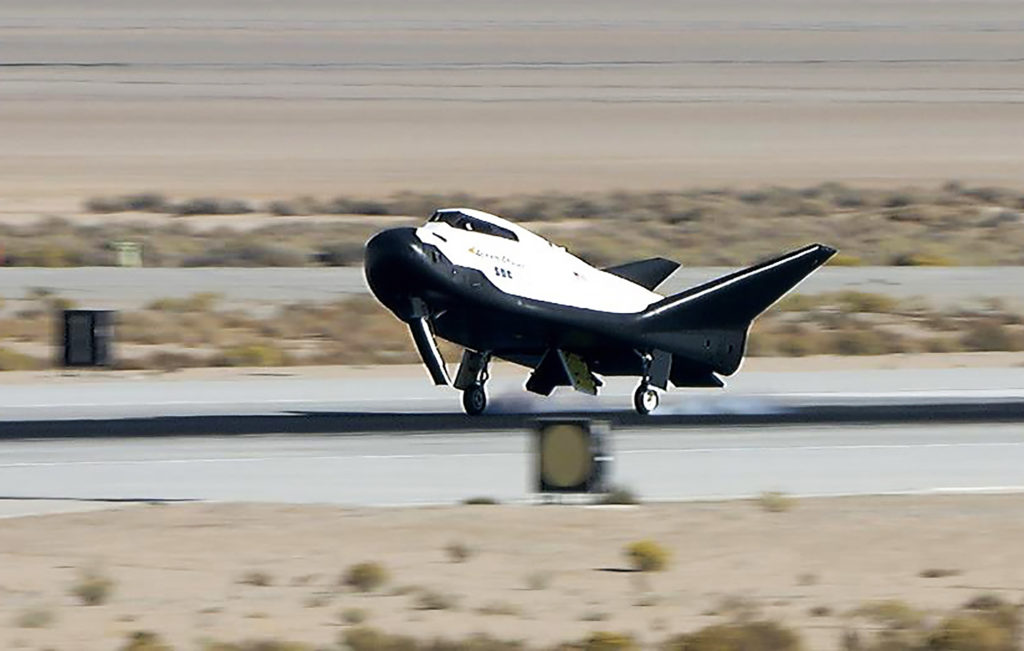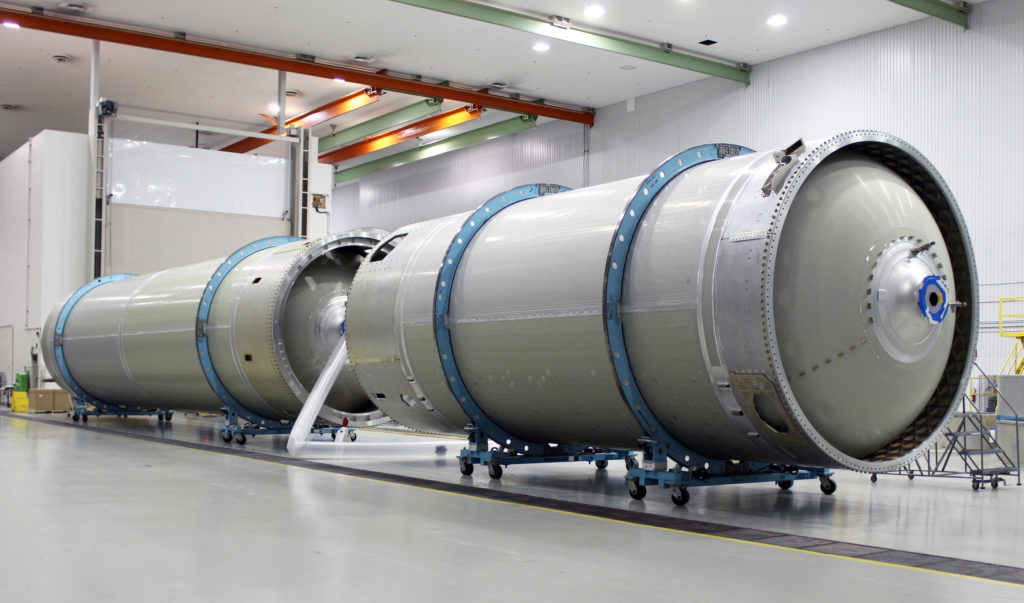NASA and SpaceX provided an update on Jan. 10, 2019. For the details on the flight tests and the latest schedule, visit https://go.nasa.gov/2OTaK0J
NASA and SpaceX have agreed to move the target launch date of the uncrewed Demo-1 flight test to the International Space Station. SpaceX coordinated with the Eastern Range for a launch on Thursday, Jan 17. This adjustment allows the return of the Dragon spacecraft from the company’s 16th commercial resupply services mission. SpaceX’s Demo-1 will provide key data associated with the ground, integrated rocket and spacecraft, and autonomous docking systems, and the landing profile ahead of the company’s flight test with astronauts, known as Demo-2.
“We still have more work to do as the certification process, hardware development and readiness reviews continue,” said Kathy Lueders, manager of NASA’s Commercial Crew Program. “The key readiness reviews along with NASA’s continued analysis of hardware and software testing and certification data must be closed out prior to launch. The upcoming steps before the test missions are critical, and their importance can’t be understated. We are not driven by dates, but by data. Ultimately, we’ll fly SpaceX Demo-1 at the right time, so we get the right data back to support the in-flight abort test and the next test flight when our astronauts are aboard. However, the fact we’re coordinating target dates with the Eastern Range is a great example of the real progress we’re making with commercial crew and how close we are to actually flying American spacecraft and rockets from American soil again.”
For more information on commercial crew flights, visit:



